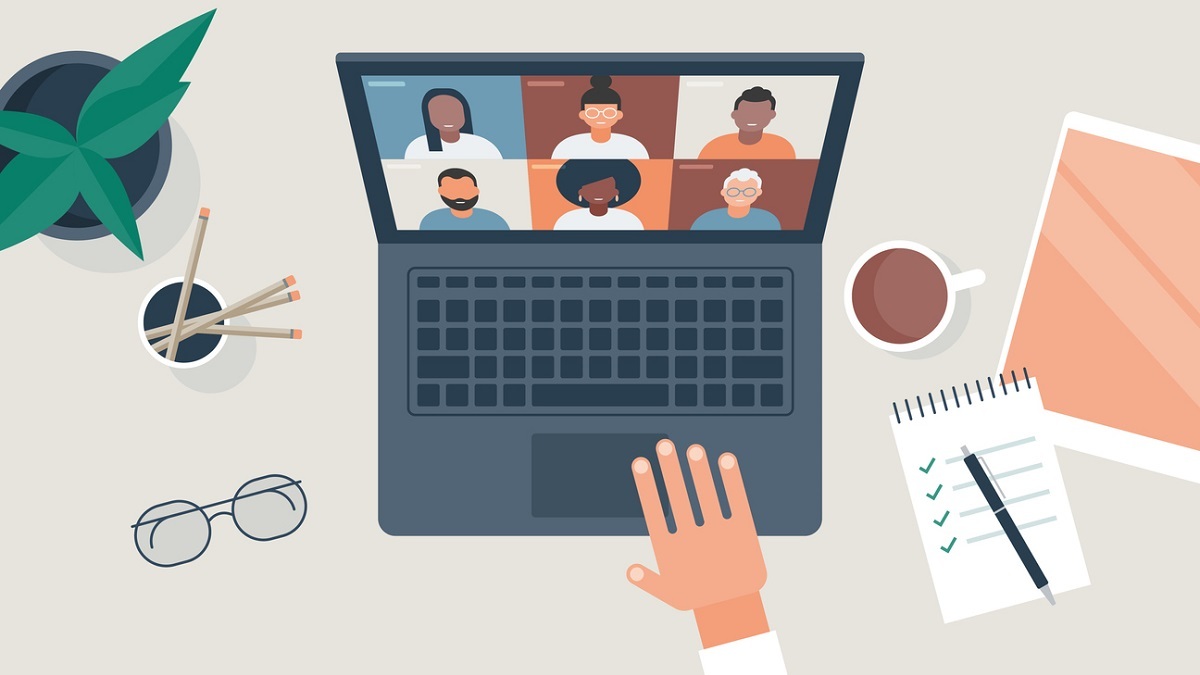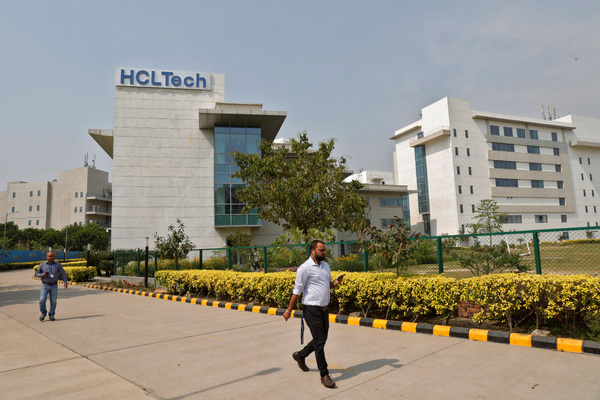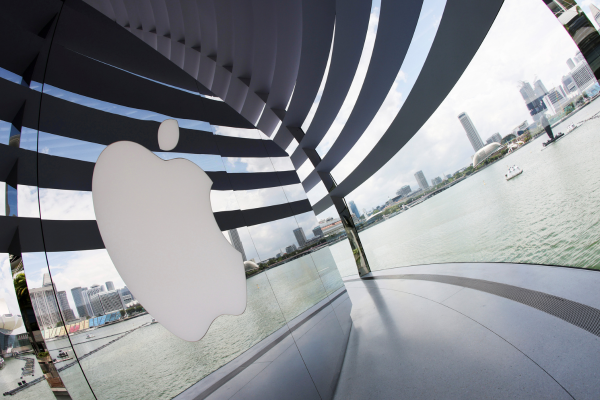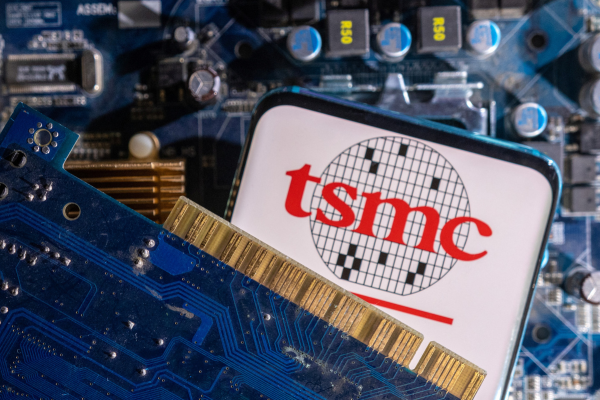The future of work is here, and it’s hybrid
Sponsored by Aurea
Over the past 18 months, companies worldwide were forced to execute an experiment: what would happen to them if they became 100 per cent (or nearly so) virtual? Now, companies are confronting a new reality: what if a virtual or hybrid work model is the new normal?
My company, Aurea, has operated virtually since its founding in 2012. We’ve encountered the challenges and opportunities unlocked by virtual work and have been able to grow and thrive both despite and because of them.
I’ve talked to hundreds of senior HR and business leaders from Fortune 500 companies, and I hear three consistent themes regarding the past 18 months and the new work order we now find ourselves confronting:
- Surprise at how effectively employees maintained productivity in a remote model
- Concern about how remote work has impacted connectedness and collaboration
- Anxiety about the long-term impacts on culture, equity, and retention
Let’s delve a bit into each of these.
“I was surprised how effectively work was able to get done.”
Perhaps the biggest surprise was how little work productivity was impacted by a rapid shift to a remote model. In fact, many studies suggest that individual work productivity improved via the remote work model, including a two-year study by Stanford that found remote employees were 13 per cent more productive – nearly an extra day of output per week – and attrition rates were cut by 50 per cent.
Some of the explanation for this lies in how truly unproductive the traditional office-based environment can be – from the time-suck of daily commutes to the near limitless distractions created by the general office buzz of activity. Some estimates suggest that these kinds of interactions can occupy up to 40 per cent of an employee’s typical workday.
But the real key to remote productivity has been the emergence over the past 20 years of three key technologies – the PC, the internet, and mobile – and the resulting decentralisation of tools and resources. An individual employee armed with a PC, a high-speed internet connection, and an array of communication and work applications has the same personal productivity arsenal as their in-office colleagues. The network has in part replaced the physical building as the office, and we didn’t realise it until the pandemic.
“We lose something without the spontaneity and energy from in-person interactions.”
The most cited negative impact of remote work, expressed in near unanimity, is the perceived loss of human connection and collaboration.
In a remote model, most interactions are scheduled instead of spontaneous. And the effect of this is that people tend to interact more frequently with their “near networks” – the people they work most often with – and less frequently with their “far networks” – the people with whom they have less scheduled interaction. The problem is that these far networks are what create the fabric of connection and information exchange within an enterprise. Spontaneous interactions build new relationships (or “relationship capital”) that are an important part of knowledge and opportunity access for individuals within a company.
In a remote work environment, one can make a strong case that we are in effect monetising existing relationship capital without replenishing it. Microsoft recently published a study showing that remote work caused the time employees spent collaborating cross-group to drop by about 25 per cent from pre-pandemic levels. Since the pandemic, our near network interactions have exploded while our far networks have withered. This kind of siloing of people and their ideas undermines the human potential of an enterprise.
“I’m concerned about how to build culture and retain people if hybrid work is here to stay.”
With both of these observations in tow – the “good” and the “bad” of remote/hybrid work – global executives now ponder what is next.
What they are discovering is that, for most, a return to the work world that existed pre-Covid is simply not possible. Employees have had a taste of remote work, and they like it. According to the latest research, 55 per cent prefer to be remote at least three days a week once pandemic concerns recede, and only eight per cent would not want to work remotely. Perhaps more worryingly, a May survey of 1,000 US adults showed that 39 per cent would consider quitting if their employers weren’t flexible about remote work.
Most of the executives I’ve spoken with acknowledge they need to embrace a permanent hybrid work model in response to employee preferences. But how do these organisations retain individual productivity benefits while confronting the challenges of dissolving organisational connection?
In our experience as a remote-first company, there are three things we’ve learned that have become important parts of our model:
- Actively engage leadership in cultural cascade and engagement
In a hybrid and remote work environment, leadership communication and engagement are essential. We use our social intranet product Jive for this, but the specific tool is less important than the executive commitment. Regular communication, and the willingness to engage employees both synchronously (in all-hands meetings) and asynchronously (in blog posts or “ask me anything” interactions) help leaders teach and create community. - Foster opportunities for spontaneous interactions and relationship building
Serendipitous interactions that build the “far network” emerge from a sense of presence – the feeling of “being there” with other people. Over the past decade, we have developed a virtual workplace solution called Sococo (there are others with similar capabilities). These tools replicate the sense of presence of a physical office on your desktop. We’ve found using these tools encourages the “walk the halls” and “pop-in” behavior that one loses in the virtual world. And with additional features such as coffee roulette (a sort of “speed dating” for business networking) and embedded gaming (to replace the foosball table of the physical office), you can recreate experiences that drive and develop relationship development. - Be intentional about creating equity of opportunity
One challenge uniquely amplified by the hybrid work model is the risk of creating second-class citizens – people who get less access to opportunities because they are remote. Organisations must ensure that performance management is all about the work and not about superficial elements such as face-time. Nothing will erode trust in a hybrid work model faster than inequity of opportunity.
Hybrid work is here to stay. And much like technology has enabled individual productivity that helped mitigate the economic consequences of the pandemic, we believe it can do the same thing to help organisations sustain culture and drive organisational connection and collaboration in a long-term hybrid work model.
As CEO, Scott Brighton is leading Aurea’s reinvention of the software business as the “Netflix of business software”, embracing the public cloud early to build a library of SaaS solutions powering the future of work, commerce and IT.
By Scott Brighton, CEO of Aurea

Business Reporter Team
Most Viewed
23-29 Hendon Lane, London, N3 1RT
23-29 Hendon Lane, London, N3 1RT
020 8349 4363
© 2024, Lyonsdown Limited. Business Reporter® is a registered trademark of Lyonsdown Ltd. VAT registration number: 830519543
Join the Business Reporter community today and get access to all our newsletters, and our full library of talk show episodes
Join the Business Reporter community today and get access to all our newsletters, and our full library of talk show episodes





